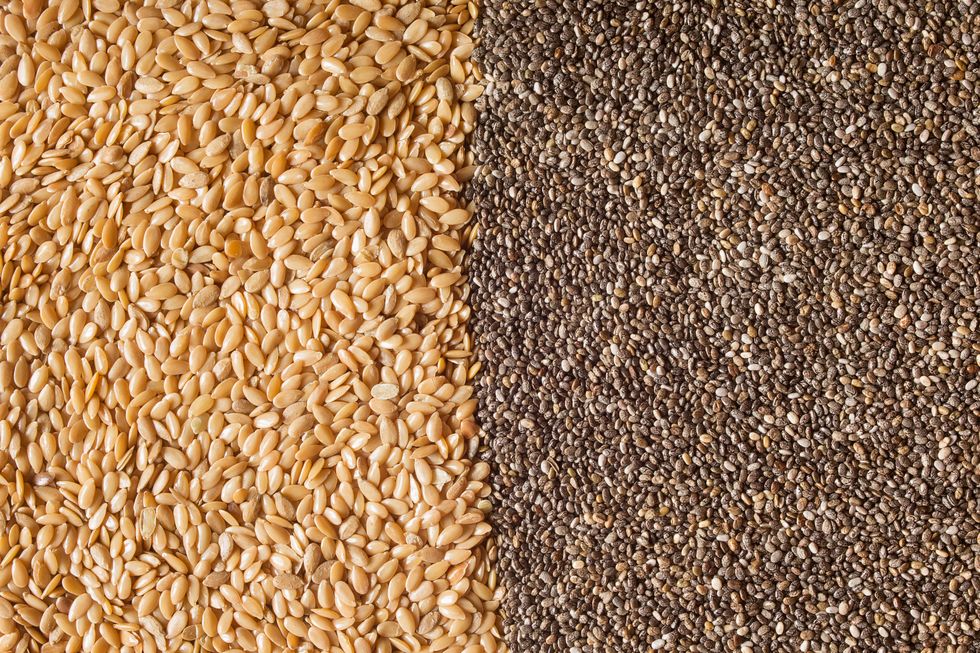Discover how specific foods—from oats and beans to nuts, fish and plant-sterol-rich spreads—can help lower your “bad” (LDL) cholesterol and support heart health. Learn how much to eat, how they work, and how to build a cholesterol-friendly diet with practical tips.
Introduction
Elevated cholesterol, especially low-density lipoprotein (LDL) cholesterol, is a well-recognized risk factor for cardiovascular disease. While genetics and medication often play a role, diet is a key modifiable factor. The good news: you can influence your cholesterol levels by choosing the right foods. This article explains the mechanisms by which certain foods help lower LDL cholesterol (and support overall lipid health), provides a detailed list of such foods and how to include them, discusses how much of each to eat, outlines lifestyle and cooking strategies, cautions and considerations, and offers a sample plan.
Throughout this article, we’ll link internally to related topics (for example, see our article on Heart-Healthy Eating for broader diet context) and externally to credible sources (see “Further reading” section).
How Diet Influences Cholesterol & Why Some Foods Matter
Before diving into the foods themselves, it helps to understand how diet affects cholesterol, and why certain foods are especially beneficial.
What is cholesterol and why does it matter?
Cholesterol is a waxy substance produced by the liver and also obtained from animal-based foods. It is carried through the bloodstream on lipoproteins. Two key types:
- LDL (low-density lipoprotein) – often called “bad” cholesterol because higher levels promote plaque formation in arteries.
- HDL (high-density lipoprotein) – the “good” cholesterol that helps remove cholesterol from the arteries.
While some cholesterol is essential, excess LDL contributes to atherosclerosis and cardiovascular risk. According to the Mayo Clinic, high LDL can be reduced through dietary changes such as increasing soluble fiber and healthy fats. (Mayo Clinic)
Mechanisms: How certain foods lower LDL
Several mechanisms by which foods help lower LDL (or improve lipid profiles) include:
- Soluble fiber: This type of fiber dissolves in water, binds cholesterol (and bile acids) in the digestive tract, and reduces absorption of cholesterol into the bloodstream. (Cleveland Clinic)
- Plant sterols / stanols: These are plant-derived compounds that resemble cholesterol structure and interfere with intestinal absorption of dietary cholesterol. Regular intake (~2 g/day) can lower LDL by ~5-15%. (Mayo Clinic)
- Replacing saturated & trans fats with unsaturated fats: Saturated and trans fats increase LDL; by replacing them with mono- and poly-unsaturated fats (e.g., olive oil, nuts, fatty fish) you improve lipid profile. (Cleveland Clinic)
- Omega-3 fatty acids and other heart-healthy fats: While omega-3s may not always significantly lower LDL, they help lower triglycerides, reduce inflammation, and may protect the heart. (Mayo Clinic)
- Weight management & whole diet quality: Foods that support satiety, reduce calorie-dense saturated fat intake, and enhance overall diet quality contribute indirectly to better cholesterol levels. (Better Health Channel)
The “dietary portfolio” approach
Researchers (for example those behind the Portfolio Diet) found that combining several cholesterol-lowering dietary components (soluble fiber, soy protein, plant sterols, nuts) leads to a greater reduction in LDL than one strategy alone. (Wikipedia)
So the goal is: not just one “superfood,” but a whole eating pattern that emphasises these beneficial foods while reducing saturated/trans fats and processed foods.
Key Foods That Help Lower Cholesterol
Below is a detailed list of food categories, how they help, practical recommendations, and sample servings. Where possible we include images for visual reference.
1. Oats, Barley & Other Whole Grains

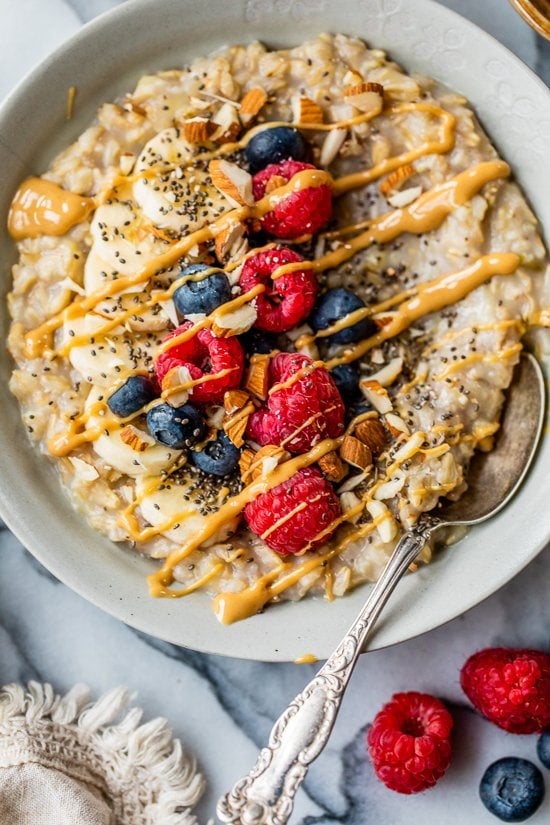



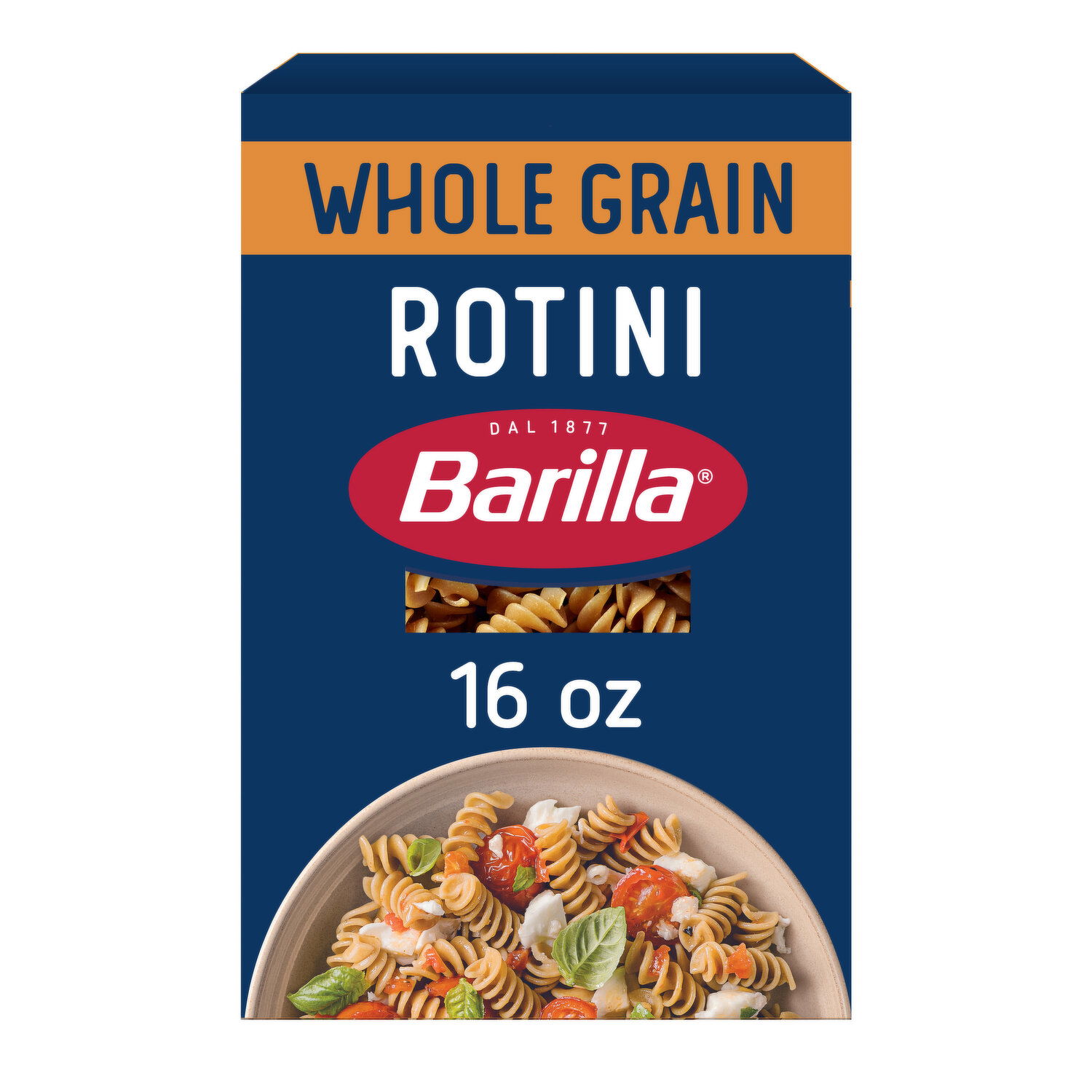
- Why they help: Oats and barley contain a soluble fiber called beta-glucan, which forms a gel in the gut and helps reduce cholesterol absorption. (British Heart Foundation)
- What to eat:
- A bowl (~40 g) of oats for breakfast provides some ~1–2 g of beta-glucan. (British Heart Foundation)
- Include barley in soups, risottos or as a rice alternative.
- Swap refined grains (white bread, white pasta) with whole grain versions.
- Practical tip: Start your day with oatmeal with fresh fruit (bananas, berries) and consider using steel-cut or rolled oats for better texture and slower digestion.
- Serving suggestion: 1 bowl (≈ 40 g dry) oats; or ½ cup cooked barley as side.
2. Beans, Lentils & Other Legumes


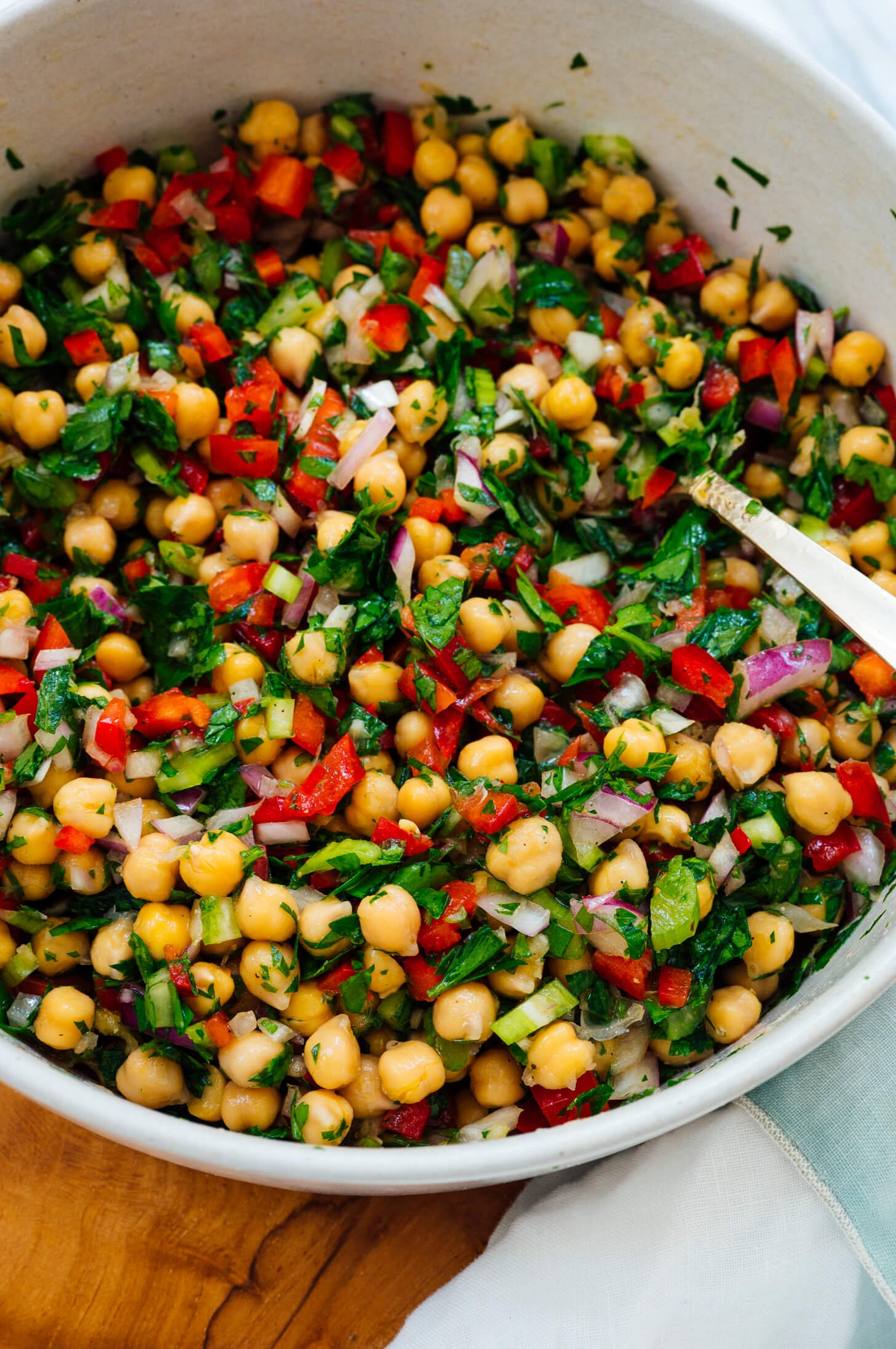
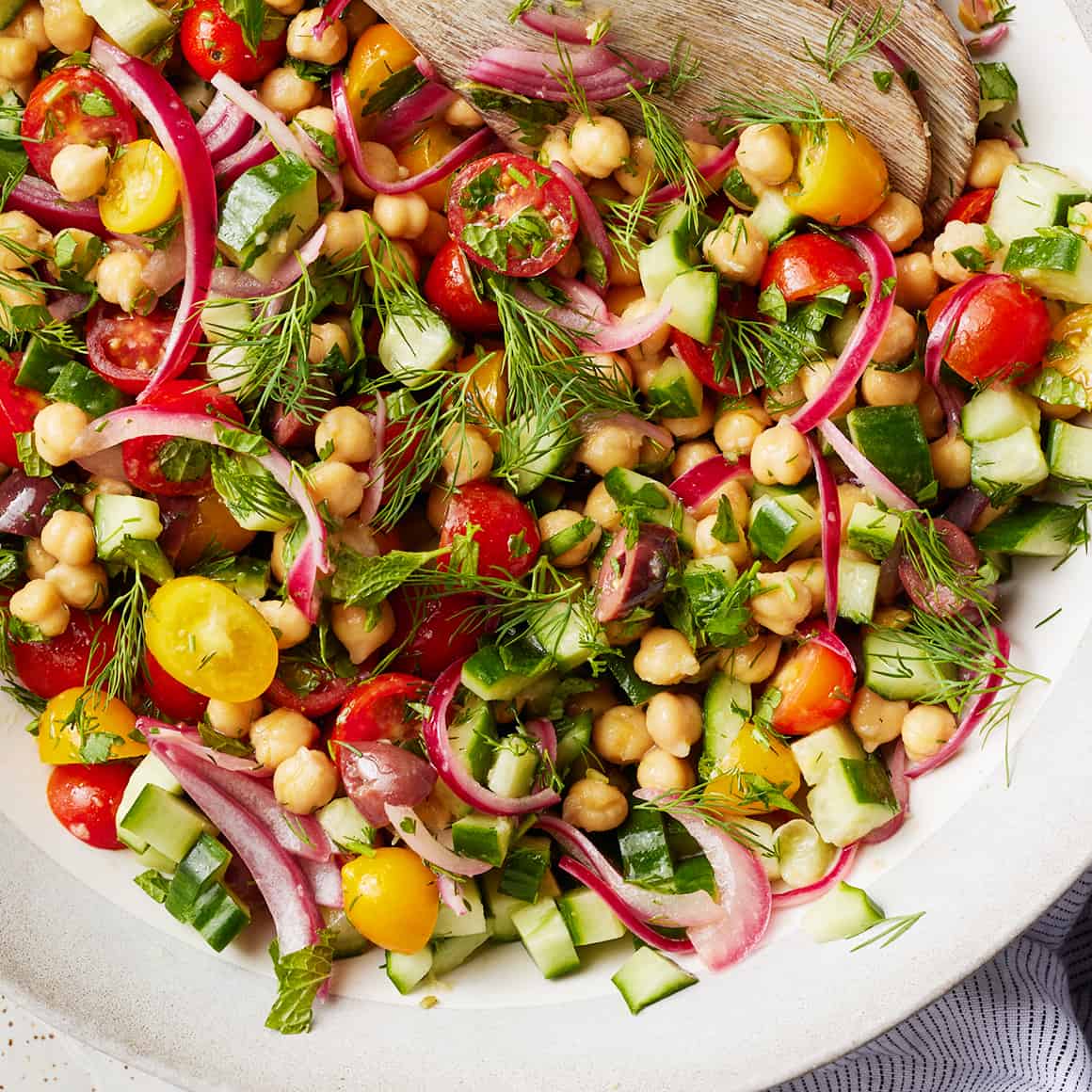

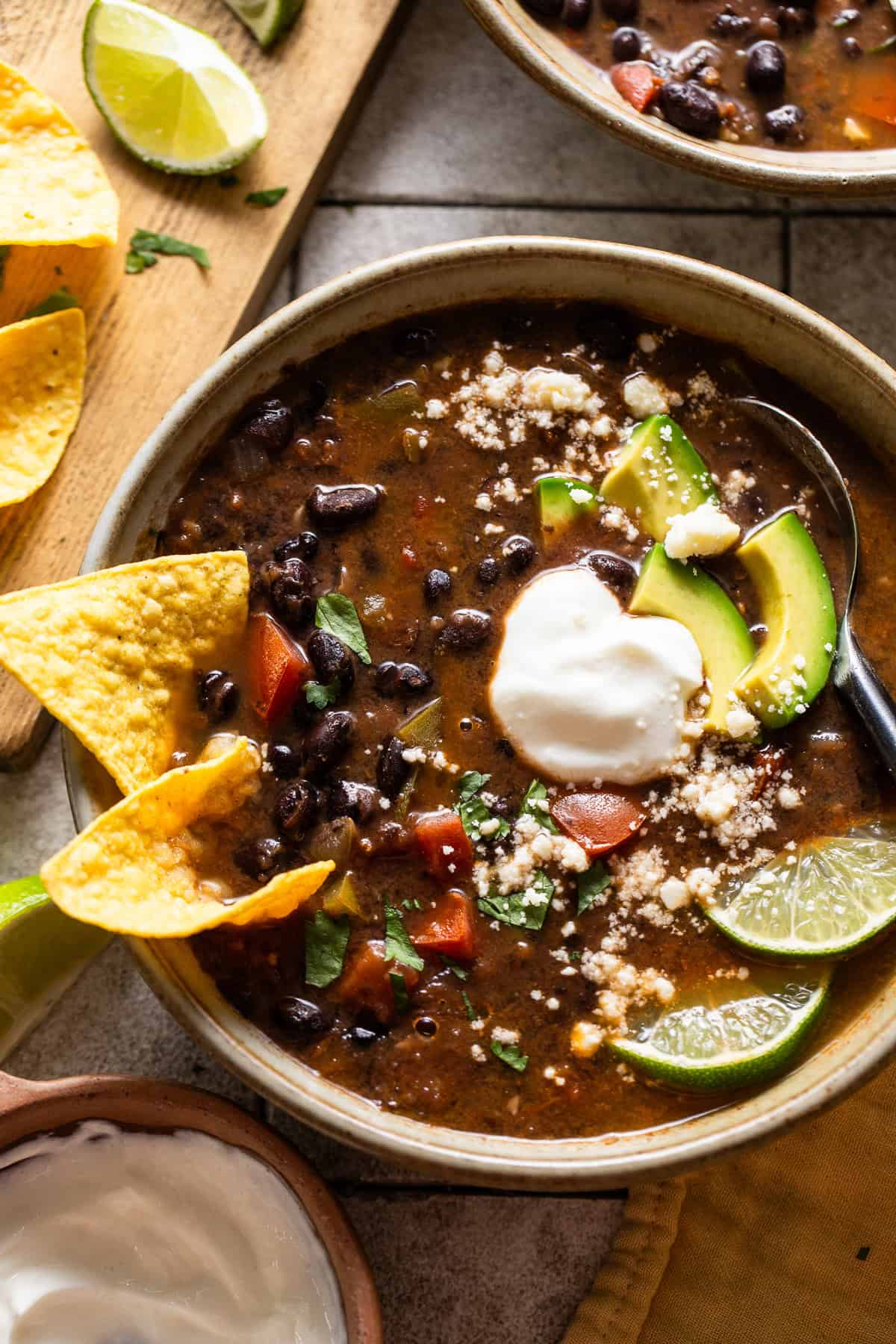
- Why they help: Legumes are rich in soluble fiber, plant protein (which allows you to replace higher-saturated fat animal protein), and low in saturated fat. (Mass General Brigham)
- What to eat: kidney beans, black beans, lentils, chickpeas, peas.
- Practical tip: Use beans in salads, soups, stews; replace one meat meal per week with a legume-based dish.
- Serving suggestion: ~1 cup cooked beans or lentils meal.
3. Nuts and Seeds


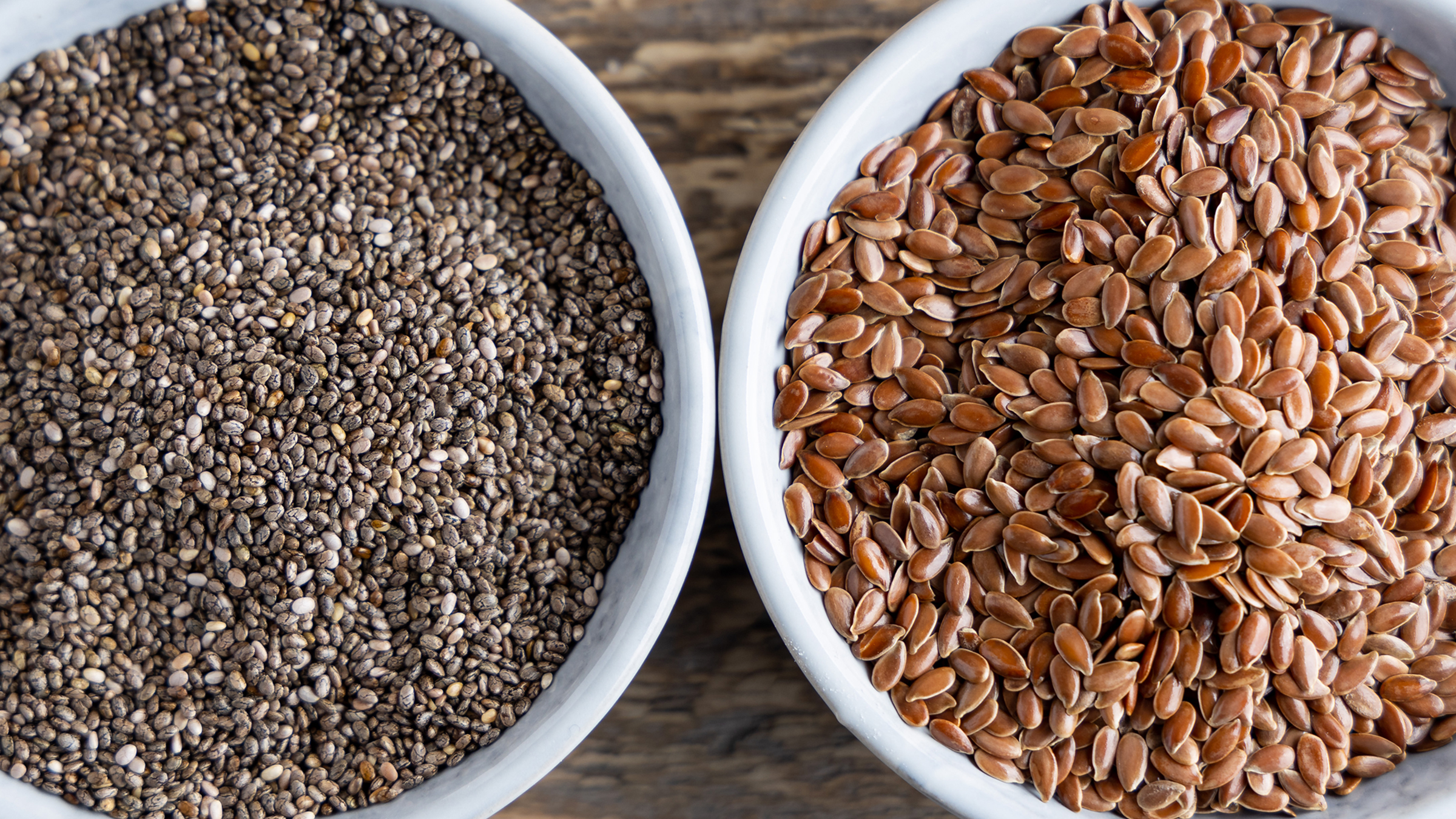
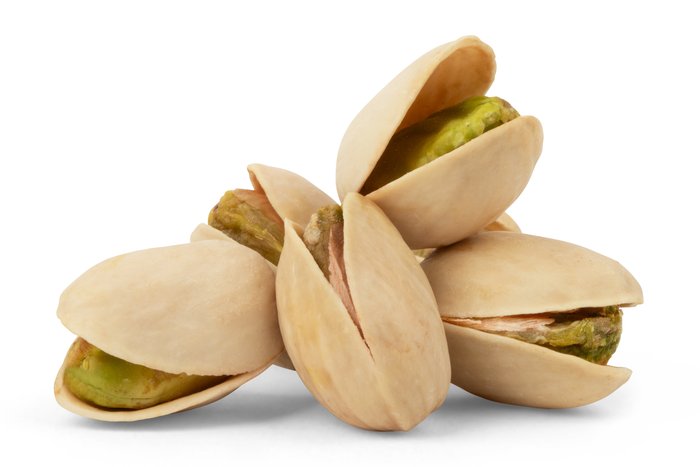
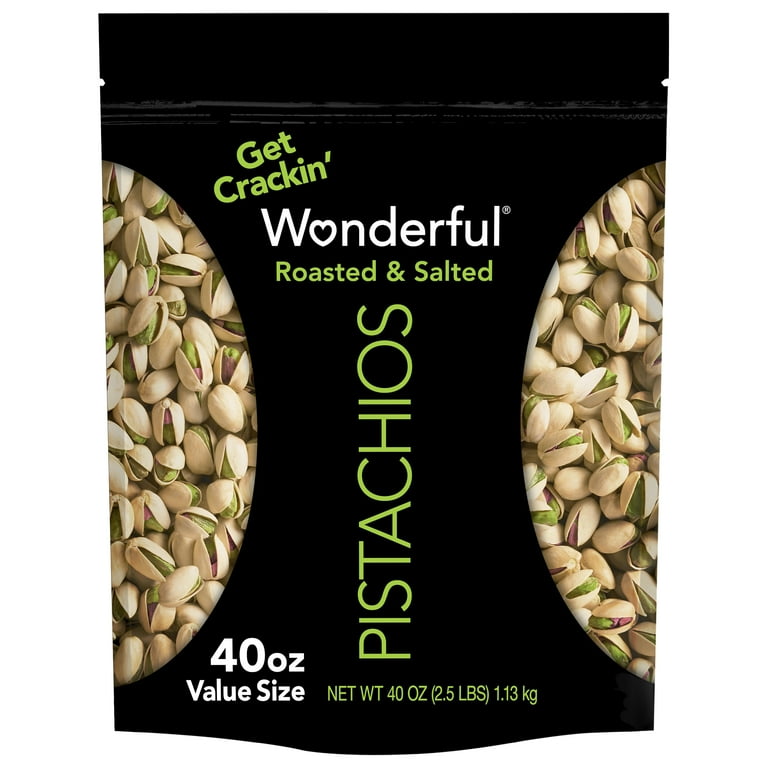
- Why they help: Nuts provide unsaturated fats, fibre, plant sterols, magnesium, and antioxidants — all beneficial to heart-health and LDL lowering. (Harvard Health)
- What to eat: Almonds, walnuts, pistachios, seeds like flaxseed, chia.
- Practical tip: A small handful (≈ 30 g) of plain, unsalted nuts as a snack or topping for yoghurt/salad.
- Serving suggestion: ≈ ¼ cup (30 g) plain nuts, 1-2 tablespoons of flax or chia seeds.
4. Fatty Fish & Omega-3 Fats
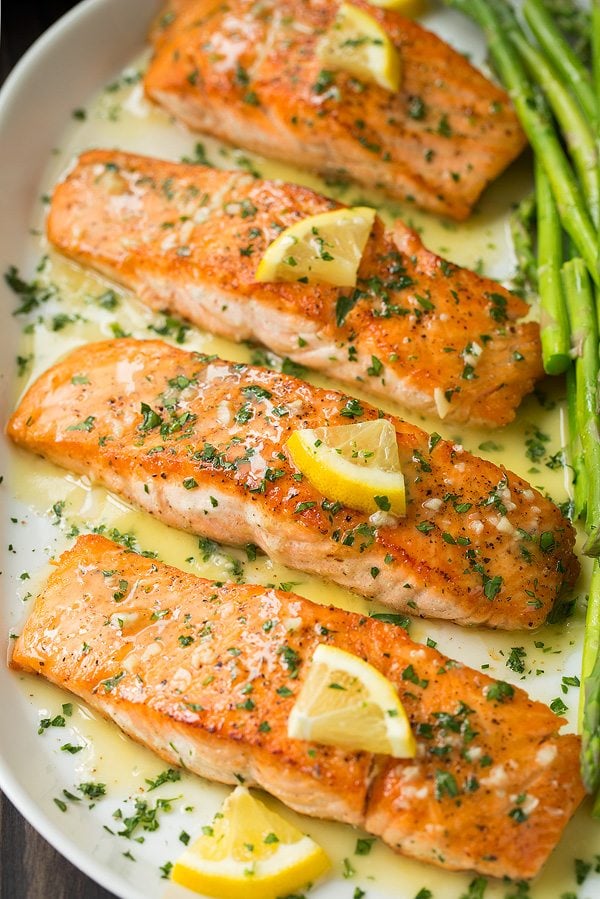

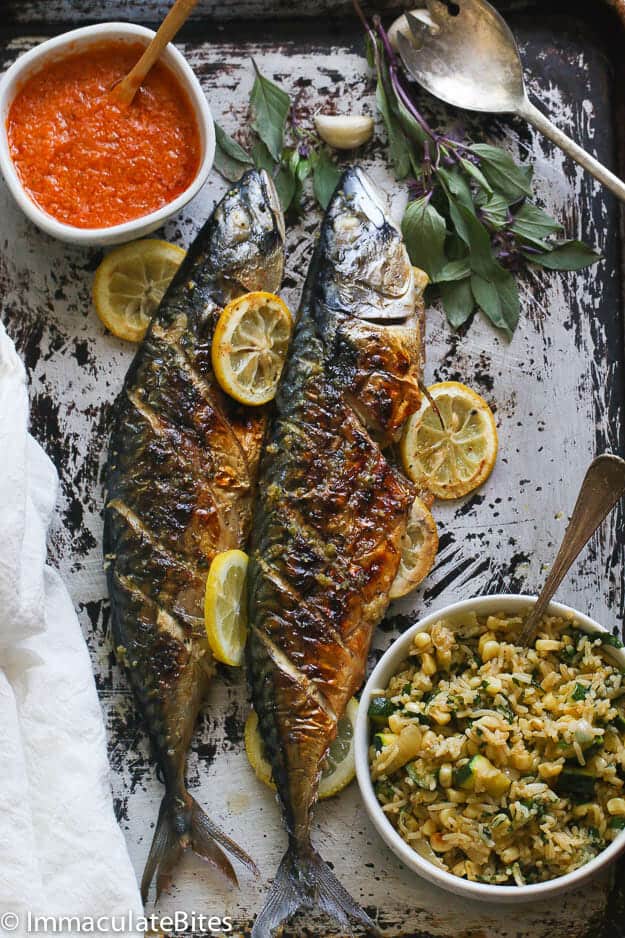
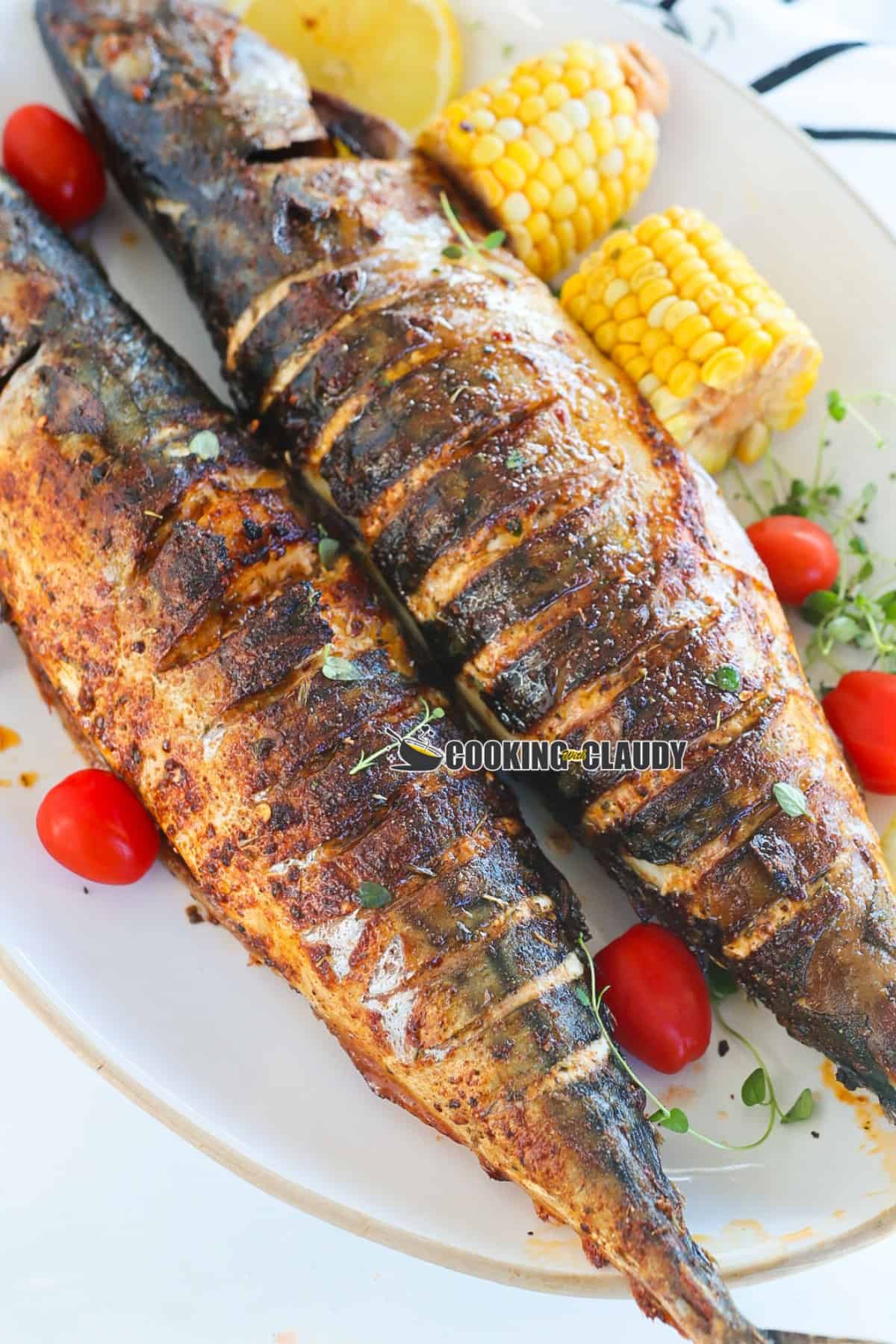

- Why they help: Fatty fish (e.g., salmon, mackerel, sardines) contain omega-3 fatty acids which reduce triglycerides, may modestly improve HDL, and provide heart protection. Note: they may not lower LDL dramatically but support overall lipid health. (Mayo Clinic)
- What to eat: At least 2 servings of oily fish per week (≈ 140 g each). (heartuk.org.uk)
- Practical tip: Grill or bake fish rather than frying; swap one meat meal per week with fish.
- Serving suggestion: ~140 g cooked oily fish twice per week.
5. Fruits & Vegetables (Especially Those High in Soluble Fiber & Plant Compounds)

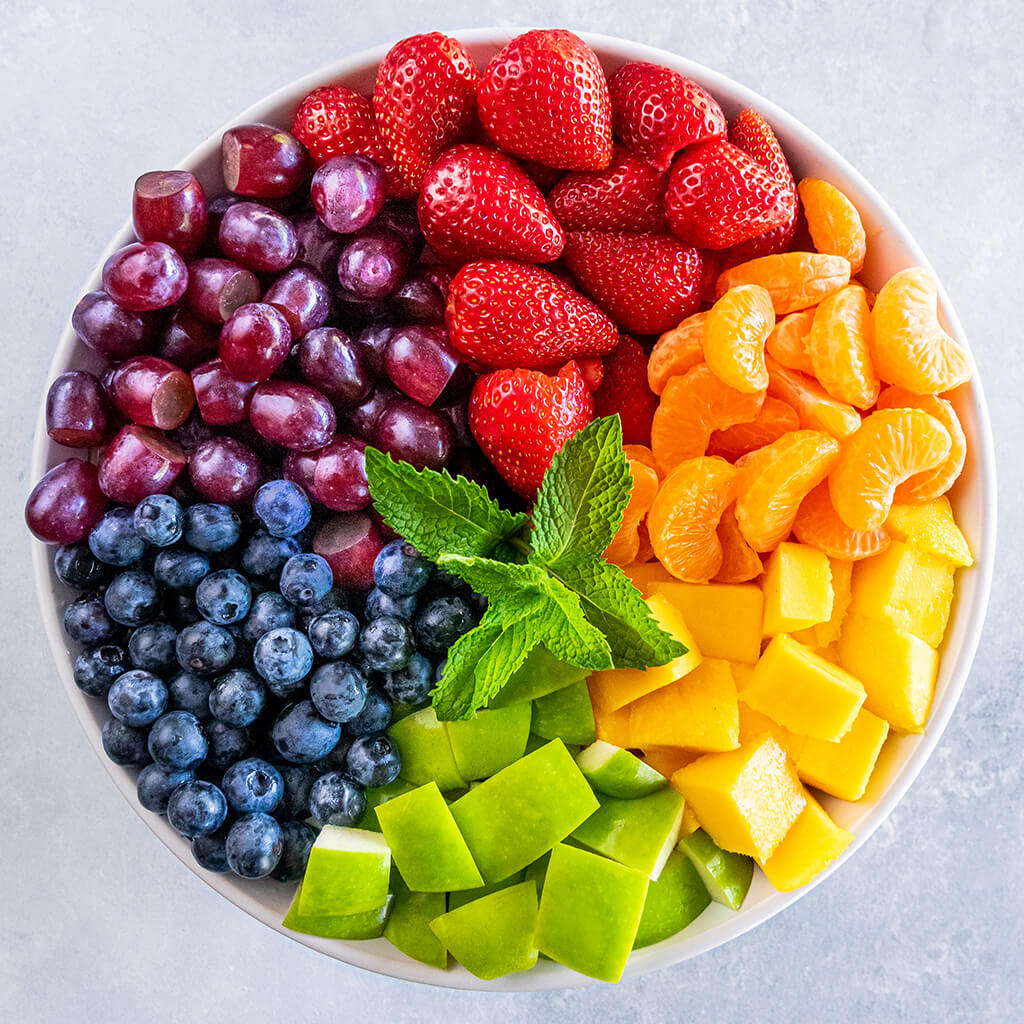




- Why they help: Fruits and vegetables deliver soluble fiber, plant sterols, antioxidant compounds that support lipid metabolism, and replacing higher-fat foods. For example, okra and eggplant are sources of soluble fibre. (Harvard Health)
- What to eat: Aim for at least 5 portions of fruit/veg daily (≈ 80 g per portion) and include pulses/beans as part of that. (heartuk.org.uk)
- Practical tip: Include 1–2 servings of fruit/day, at least 3–4 servings of vegetables (including legumes), use veggies as snacks (e.g., carrot sticks + hummus), swap dessert for fruit.
- Serving suggestion: 1 medium fruit (apple, orange), 1 cup raw veg, ½ cup cooked veg.
6. Soy & Soy-based Foods

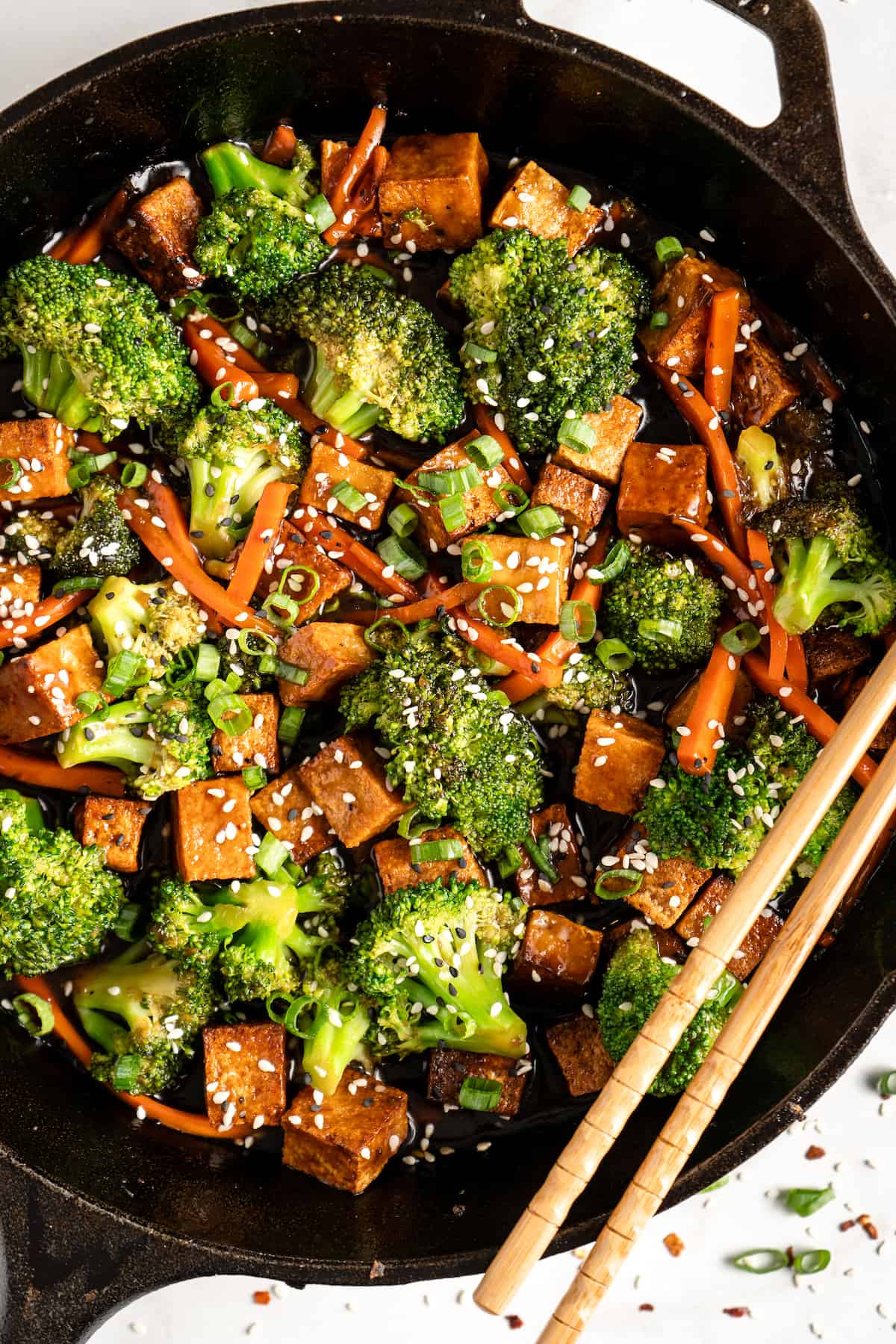


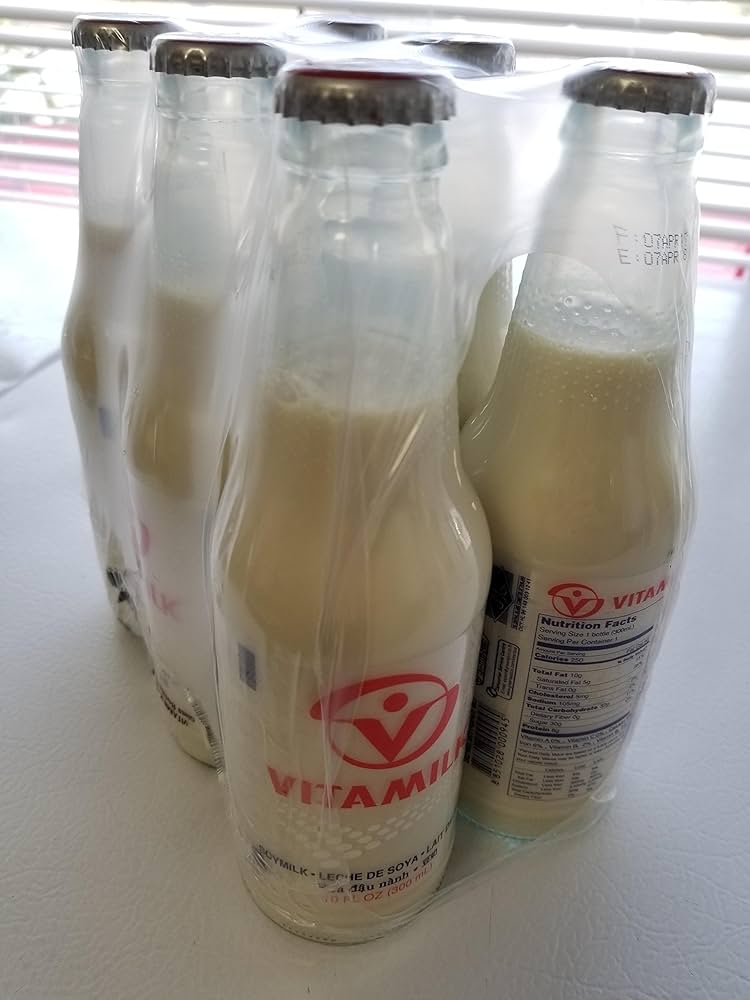

- Why they help: Soy protein foods can replace higher-saturated fat animal proteins, lowering LDL because of lower saturated fat intake. While evidence is modest for soy itself, replacing meat matters. (Harvard Health)
- What to eat: Tofu, soy milk, edamame, soybeans.
- Practical tip: Use tofu or tempeh in stir-fries, use soy milk instead of whole milk, include edamame as snack/appetiser.
- Serving suggestion: Replace one meat meal per week with soy-based option (e.g., 100 g tofu).
7. Healthy Oils & Monounsaturated / Polyunsaturated Fats

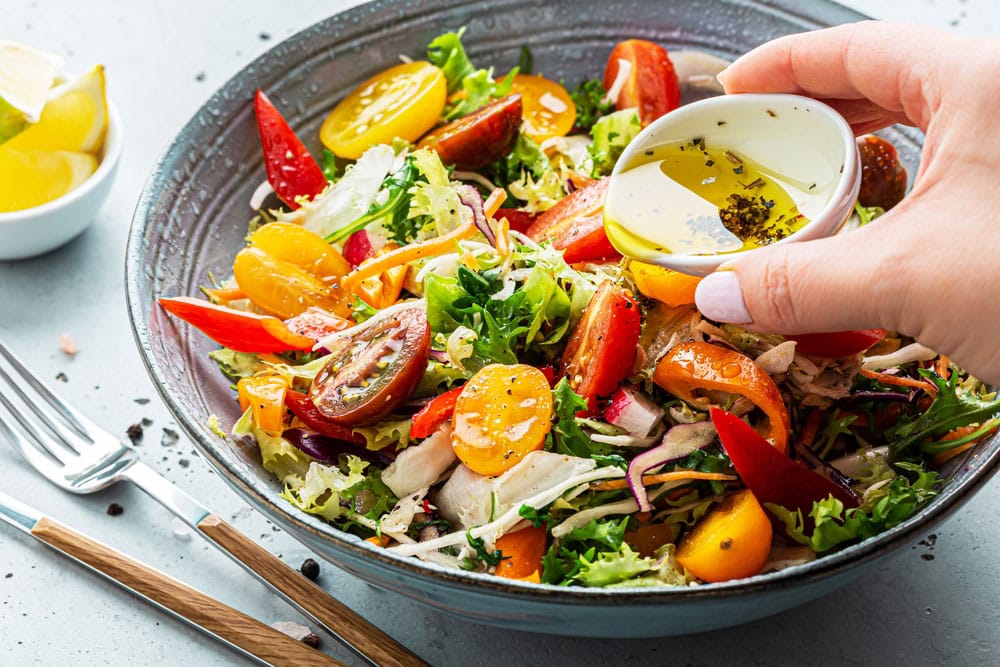

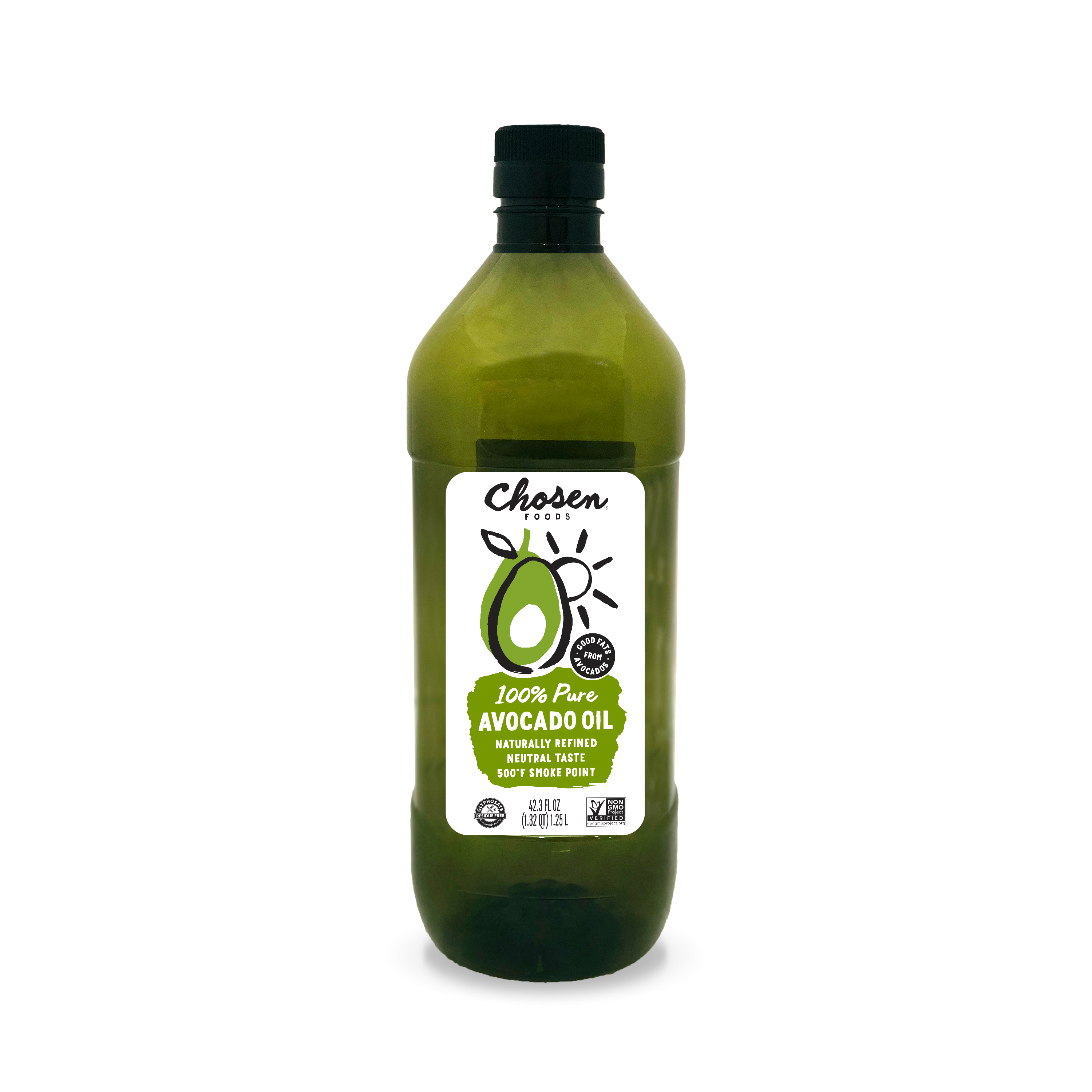
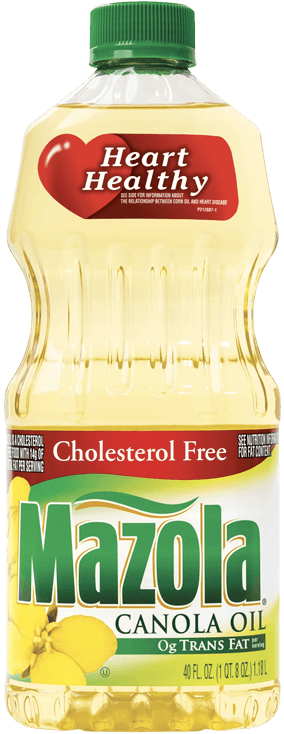
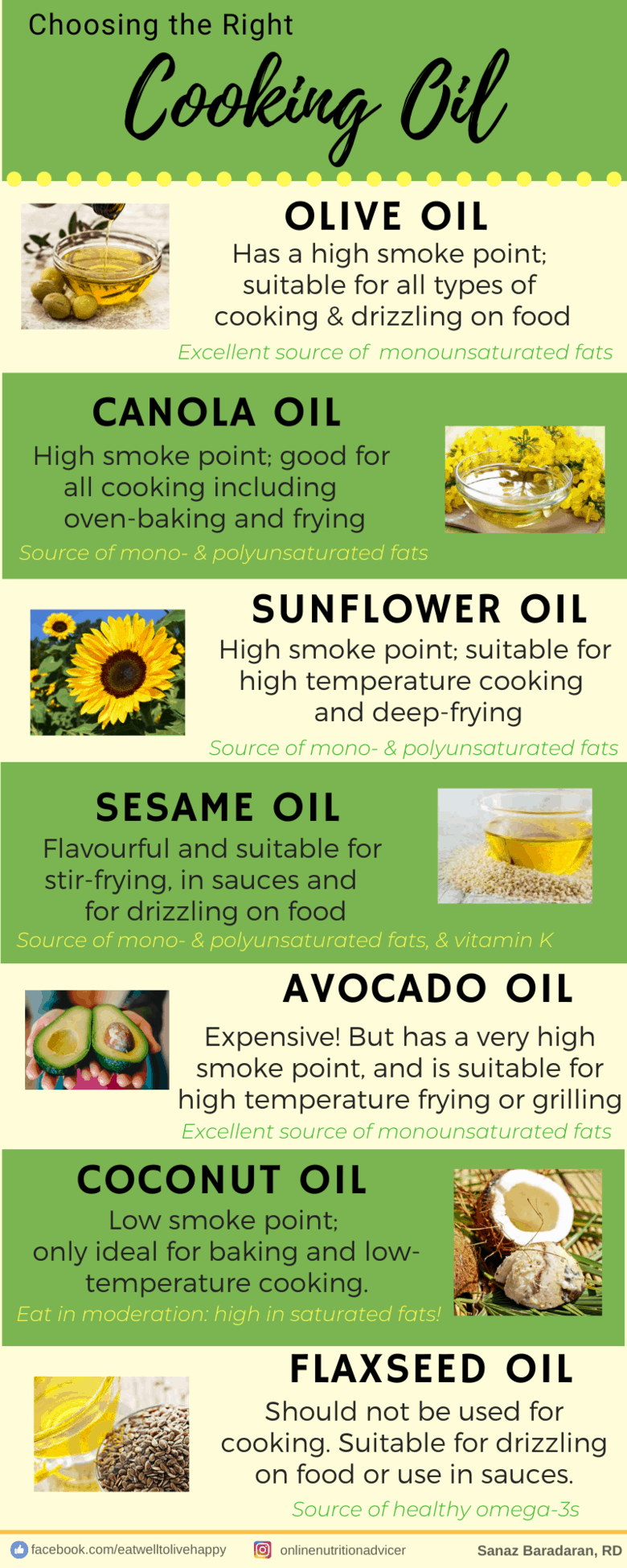
- Why they help: By replacing saturated fat (from butter, lard, full-fat dairy, processed meats) with unsaturated fats (olive oil, rapeseed/canola oil, avocado) you reduce LDL. (Mayo Clinic)
- What to eat/use: Extra-virgin olive oil, avocado oil, canola/rapeseed, nuts and seeds oils.
- Practical tip: Use olive oil for salad dressings, sautéing; swap butter/margarine with oils; trim visible fat from meats. (www.heart.org)
- Serving suggestion: ~1–2 tablespoons of olive oil daily (as part of meals).
8. Foods Fortified with Plant Sterols/Stanols


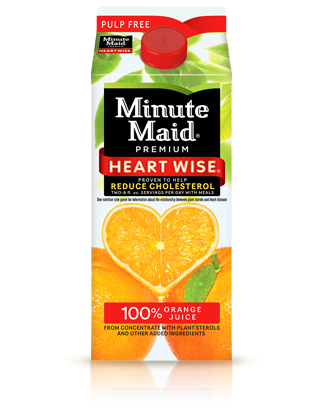


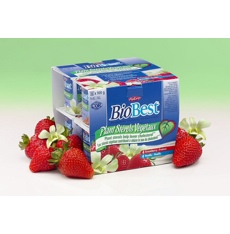
- Why they help: Plant sterols/stanols block the absorption of cholesterol in the gut; ~2 g/day intake can lower LDL by ~5–15%. (Mayo Clinic)
- What to eat: Margarines, orange juice, yogurts fortified with plant sterols.
- Practical tip: Read food labels: look for “plant sterols” or “stanols”; include as part of diet plus general healthy eating.
- Serving suggestion: Use one plant-sterol fortified product daily (as part of healthy diet).
9. Other Noteworthy Foods & Components
- Avocado: A source of monounsaturated fats and fibre; study shows two servings/week improved HDL and the quality of LDL. (Mayo Clinic)
- Eggplant & Okra: Low‐calorie vegetables with soluble fiber beneficial to cholesterol. (Harvard Health)
- Whole grain breads/pastas: Replace refined grains with whole grain versions.
- Lean poultry and skinless meats: As alternatives to fatty red meats. (www.heart.org)
How Much & How Often: Practical Guidelines
- Aim for 5+ portions of fruits and vegetables each day (≈ 400-500 g). (heartuk.org.uk)
- Untreated whole-grain breakfast (oats, barley, whole grain bread) every day.
- Include 2 servings of fatty (oily) fish per week. (Mayo Clinic)
- Nuts & seeds: A handful (~30 g) daily or most days of the week.
- Legumes: At least 3-4 times per week, or swap one meat meal for beans.
- Replace saturated fat sources: Choose lean meats, trim visible fat, use oils rather than butter/lard. (www.heart.org)
- If using plant-sterol fortified foods, follow manufacturer’s serving (~2 g sterols/day). (Mayo Clinic)
- Soluble fibre: Aim for 10–25 g/day (depending on calorie needs) from foods like oats, beans, fruits. (Cleveland Clinic)
Sample Meal Plan (1 Day)
Here is a sample day illustrating how to include multiple cholesterol-lowering foods:
Breakfast:
- Porridge made with 40 g rolled oats, topped with banana and berries
- 1 tbsp flaxseed or chia seed
- Black coffee or tea
Morning snack:
- A handful (~30 g) of almonds or walnuts
Lunch:
- Mixed bean salad (kidney beans + chickpeas + lentils) with olive oil dressing and plenty of vegetables
- Whole-grain bread slice
Afternoon snack:
- Sliced apple + natural yoghurt
Dinner:
- Grilled salmon (≈ 140 g) with side of steamed okra and eggplant + brown rice or barley
- Side salad with avocado slices and olive oil
Evening:
- A piece of fruit or a small handful of mixed nuts
This plan hits multiple targets: whole grains, legumes, nuts, fatty fish, fruits/vegetables, healthy oils.
Cooking & Lifestyle Tips
- Use cooking methods that preserve nutrients: grilling, steaming, baking rather than deep‐frying.
- Trim visible fat from meats; choose lean cuts. (www.heart.org)
- Read labels: avoid trans fats and limit saturated fats (butter, lard, hard cheese). (nhs.uk)
- Incorporate heart-healthy oils instead of solid fats.
- Combine these diet changes with regular exercise (≥ 150 minutes/week moderate) and maintain healthy weight. (nhs.uk)
- Monitor portions of high‐calorie foods (nuts, oily fish, avocado) — they are healthy but calorie-dense.
- If you are using plant-sterol foods, they are a supplement to—not a replacement for—overall dietary change.
Special Considerations & What to Avoid
Foods to reduce/avoid
- Saturated fats: Found in fatty meats, butter, full-fat dairy, ghee. (nhs.uk)
- Trans fats: Often in processed baked goods, fried foods, some margarines.
- Refined grains and sugar-rich foods: These may not directly raise LDL but contribute to poor diet/weight gain.
- Processed meats (sausages, bacon) and high‐fat cheeses. (nhs.uk)
Caveats & individual variation
- Dietary changes alone may account for ~20–30% of the total cholesterol change. Genetics and other factors also play a role. (Cleveland Clinic)
- Soy’s effect on LDL is modest; the benefit is mostly when it replaces high saturated fat foods. (Wikipedia)
- Plant sterols/stanols lower LDL but evidence for reducing cardiovascular events is less clear. (Wikipedia)
- Always consider medical advice and monitoring if you have high cholesterol, other health conditions, or take medications.
How To Build & Maintain a Cholesterol-Lowering Eating Pattern
- Use the “portfolio” approach: Combine multiple beneficial foods rather than relying on one.
- Gradual changes tend to be more sustainable—swap one food at a time (e.g., replace butter with olive oil, introduce breakfast oats, add a bean meal).
- Focus on food-based patterns, not just supplements.
- Be consistent: regular inclusion of these foods matters more than occasional “superfood” binges.
- Monitor other lifestyle factors: physical activity, weight, smoking cessation, alcohol moderation.
- Periodically review with your healthcare provider or dietitian to monitor lipid changes and adjust as needed.
Frequently Asked Questions (FAQ)
Q: Can I just eat one “super-food” and lower my cholesterol?
A: No. While certain foods (e.g., oats, nuts) can help, the greatest effect comes from combining multiple cholesterol-lowering foods plus overall diet and lifestyle change (the portfolio model).
Q: How long until I see changes in cholesterol?
A: Some studies show measurable LDL reduction within weeks to months when diet is changed. However, full benefits and stabilisation may take longer, especially when combined with exercise and weight loss.
Q: What about supplements (like fish oil, plant sterol pills)?
A: Supplements may help in specific scenarios but are not substitutes for whole-food diet changes. Always consult a healthcare provider.
Q: Will eating these foods guarantee I don’t need medication?
A: Not necessarily. Diet is a powerful tool but some individuals may still require medications (e.g., statins) depending on genetics, baseline lipid levels, risk factors. Diet supports the medication, not always replaces it.
Summary & Take-Home Messages
- Elevated LDL cholesterol contributes to heart disease risk; diet plays a key modifiable role.
- Foods that help lower LDL include: oats/barley (soluble fiber), beans/legumes, nuts/seeds, fatty fish (omega-3s), fruits/vegetables, soy foods, healthy oils (monounsaturated/ polyunsaturated fats), and fortified plant-sterol foods.
- The mechanism involves increasing soluble fiber, reducing saturated/trans fats, increasing unsaturated fats, and reducing cholesterol absorption via sterols/stanols.
- A practical approach: include multiple beneficial foods daily, replace less-healthy options, monitor portions, cook smart, and combine with physical activity.
- Results take time and consistency; diet is one component of a heart-healthy lifestyle.
- For personalised advice, especially if you have high cholesterol or other conditions, consult a dietitian or healthcare provider.
Further Reading & References
- “11 Foods that Lower Cholesterol” — Harvard Health Publishing. (Harvard Health)
- “Cholesterol: Top foods to improve your numbers” — Mayo Clinic. (Mayo Clinic)
- “How to lower your cholesterol” — NHS. (nhs.uk)
- “Therapeutic Lifestyle Changes (TLC) to Lower Cholesterol” — National Heart, Lung, and Blood Institute. (NHLBI, NIH)
